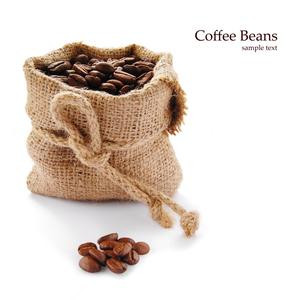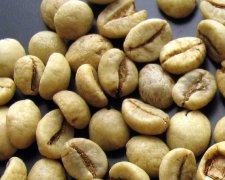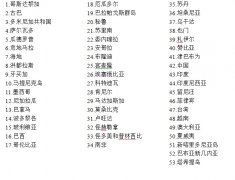The "fruit" state of coffee beans when they are picked from a tree

From the "fruit" state of coffee beans when they are picked from trees to the "green bean" state that can be roasted, the moisture content will be controlled between 9% and 13%. It is not easy to roast if the moisture content is too high or too low. Generally, we get the newly harvested raw beans with washing method, the moisture content is usually about 11.5%~12.5%, the half-washed mantelin may reach 13%, the half-washed Brazil is 11%~12%, and the sun-dried mocha range is about 9%~12%. The moisture content of green beans decreases with time from the moment they are ground.
Roasted fresh coffee beans generally need to be dehydrated for a longer time, but they can also be roughly determined by bean type: thick beans such as Kenya, Mantenin, have to be extended for about 30 seconds to 1 minute; thin beans such as coconut and sherry, Brazil, etc. do not have to be deliberately extended too much. There are two main aspects to judge whether raw beans are fresh: appearance: whether the color is bright green and shiny. Most water-washed green beans, as long as they are fresh, will be green in color.
Coffee green bean smell: generally not washed beans, such as dry processing mocha, semi-washed mantinin, etc., by appearance may be difficult to determine how long the beans have been put, but the smell adsorbed by the green beans provides a very obvious clue. When fresh, the smell of washed raw beans is fresh grass flavor, dried processed mocha raw beans is a fermented smell with ripe fruit, half-washed mantin-like smell is less obvious, but do not have smelly, such as stinky tofu and other long-standing bad wet rotten smell is good.
Fresh green coffee beans, full of vitality. Semi-fresh raw beans, vitality with a little bit of stability. After eight months, the beans lose their vigor. Green beans more than one year old, old and boring, but the above comments only apply to general coffee beans in general storage state, not to beans and special storage environment after special treatment, such as low cause treatment, aging, wind stain treatment, etc. That's another area of appreciation.
Important Notice :
前街咖啡 FrontStreet Coffee has moved to new addredd:
FrontStreet Coffee Address: 315,Donghua East Road,GuangZhou
Tel:020 38364473
- Prev

Well-known coffee raw beans introduce raw beans in Robusta, Java, Indonesia
Java Robusta raw beans Indonesia Java robusta green bean in Indonesia in the early 1970s, Java cut down Arabica trees introduced by most Dutch and planted Robbosa beans instead. Since then, Java coffee has become greasy, plain, and has a strong smell of wheat and tea. Of the few remaining Arabica estates, Djampit is the most famous.
- Next

Distribution Map of Fine Coffee Bean growing countries in the World
Related
- Beginners will see the "Coffee pull flower" guide!
- What is the difference between ice blog purified milk and ordinary milk coffee?
- Why is the Philippines the largest producer of crops in Liberia?
- For coffee extraction, should the fine powder be retained?
- How does extracted espresso fill pressed powder? How much strength does it take to press the powder?
- How to make jasmine cold extract coffee? Is the jasmine + latte good?
- Will this little toy really make the coffee taste better? How does Lily Drip affect coffee extraction?
- Will the action of slapping the filter cup also affect coffee extraction?
- What's the difference between powder-to-water ratio and powder-to-liquid ratio?
- What is the Ethiopian local species? What does it have to do with Heirloom native species?

